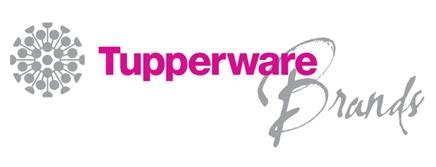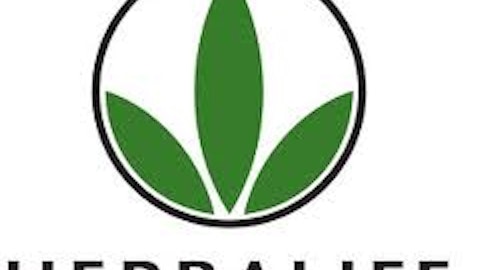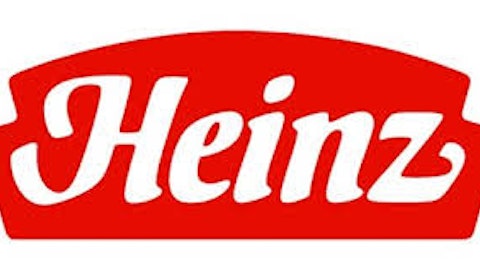Peter Lynch says that to find multi baggers and good stocks, start by looking around you for products and brands you have been using and are familiar with. So I started looking around and I found something I liked. Here are a few interesting points about this business –
1). This is a business which requires very less capex every year for maintenance and growth. Something that investing greats like Warren Buffett like very much. This means it throws off a high amount of free cash. Wow!!
2). For the past 5 years this company has grown its EPS from 1.54 to 3.53 at a CAGR of 20% – this is great considering it has almost 30-40% of its revenues coming from US and Europe which is facing recessionary conditions
3). 60% of the revenues come from the fast growing emerging markets where the revenues are growing at double digit rates
4). Now add to this – it is a very well recognized brand that is considered a super brand or power brand in many of the countries it operates in.
5). And it looks interesting based on quantitative data too– Debt free, cash rich, asset light business model, and great ROE numbers.
This is a familiar name in most of the kitchens, I am talking about Tupperware Brands Corporation (NYSE:TUP).
Its business model offers many advantages which make it a win win situation for its sales agents, the company, and its shareholders.
Tupperware makes great products – food storage and beauty products – and they sell them to customers through their sales agents. They don’t have brick and mortar stores and outsource most of their manufacturing. This gives them an asset light operation and helps them earn high return on the capital invested.
Other advantages the business model provides is that they don’t employ sales personnel. They hire sales agents who earn commission on selling the Tupperware products. Hence Tupperware doesn’t incur fixed costs of employees. The company doesn’t advertise so it saves on marketing and advertising costs. And they share a chunk of the savings with their agents – since these agents become their brand ambassadors.
The business model has proven itself to be a success after the bankrupcy of its onetime biggest competitor, Rubbermaid (now called Newell Rubbermaid Inc. (NYSE:NWL)). Rubbermaid sold its products through traditional retail (mainly through Wal-Mart) and went bankrupt in the late 90s when it could not increase prices of its products and the cost of raw materials kept going up.
Revenues, Margins and ROE figures for past 5 years –
| 2007 | 2008 | 2009 | 2010 | 2011 | |
| Revenues ($ mn) | 1981 | 2162 | 2128 | 2300 | 2585 |
| EBIT margin % | 9.80% | 11.27% | 12.96% | 14.32% | 13.24% |
| ROE % | 25.33% | 32.39% | 31.50% | 31.61% | 33.83% |
Also, Tupperware is able to manage its cost of raw materials well as it has tie ups with major chemical companies. And the company has decent pricing power, as it is able to transfer any price hikes to their customers.
Capital Allocation
One of the ways to test the management is to look at the way the management allocates the free cash Tupperware generates.
The broad areas where the company can spend the money and how Tupperware stands on all counts are as follows–
1) Use it to grow the business – It doesn’t require a lot of money to grow its business
2) Use it for Mergers and Acquisitions – A red flag (as most M&As are unsuccessful)
3) Give dividends to shareholders
4) Buyback Shares
On counts 3 and 4 above, Tupperware is rewarding its shareholders. It pays out about 28% of its earnings as dividends and its increasing every year. Also, the company does share buybacks with the remaining free cash flows. Hence, with the combination of dividend and share buybacks, Tupperware is able to give its shareholders double digit returns.


